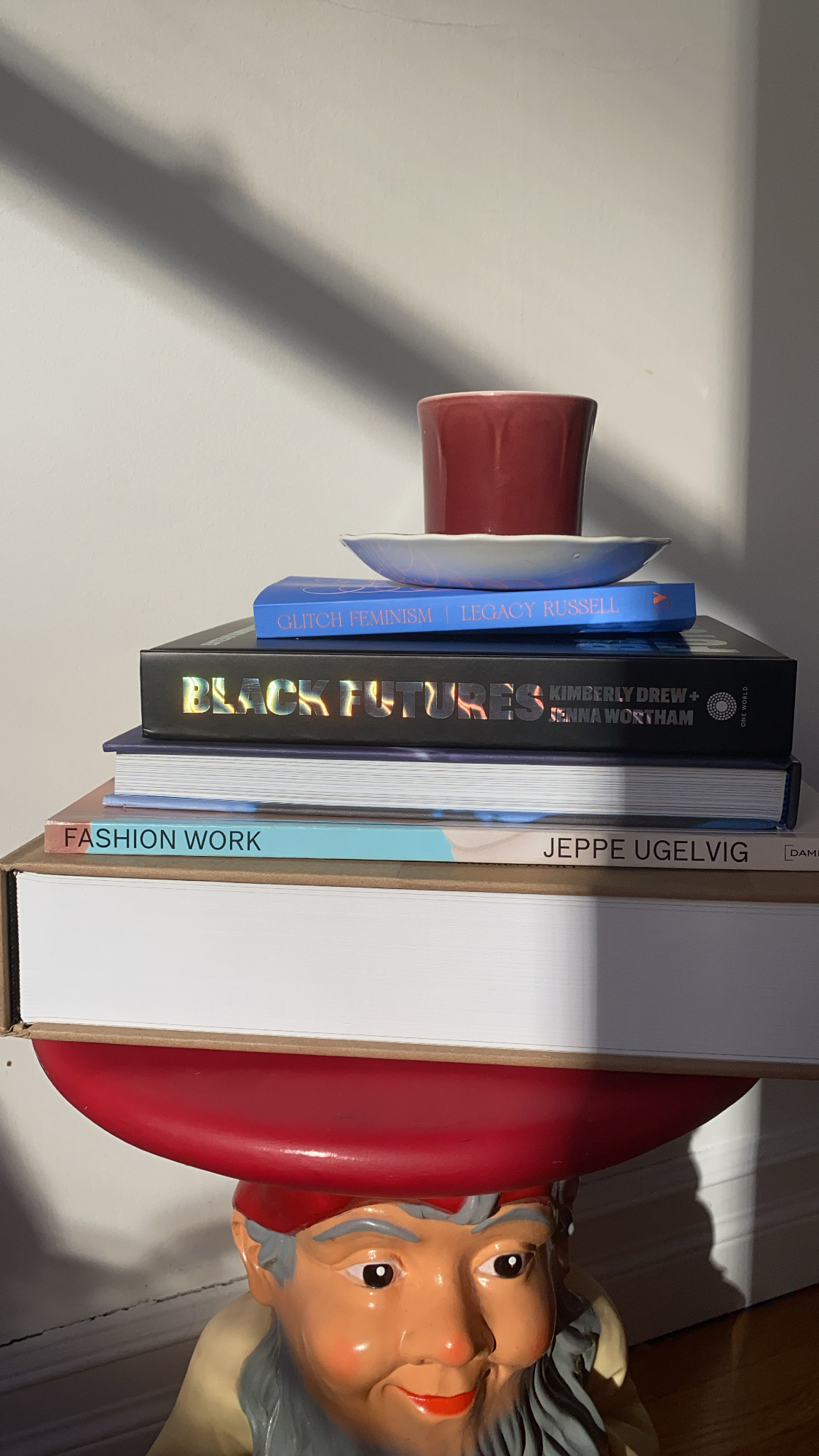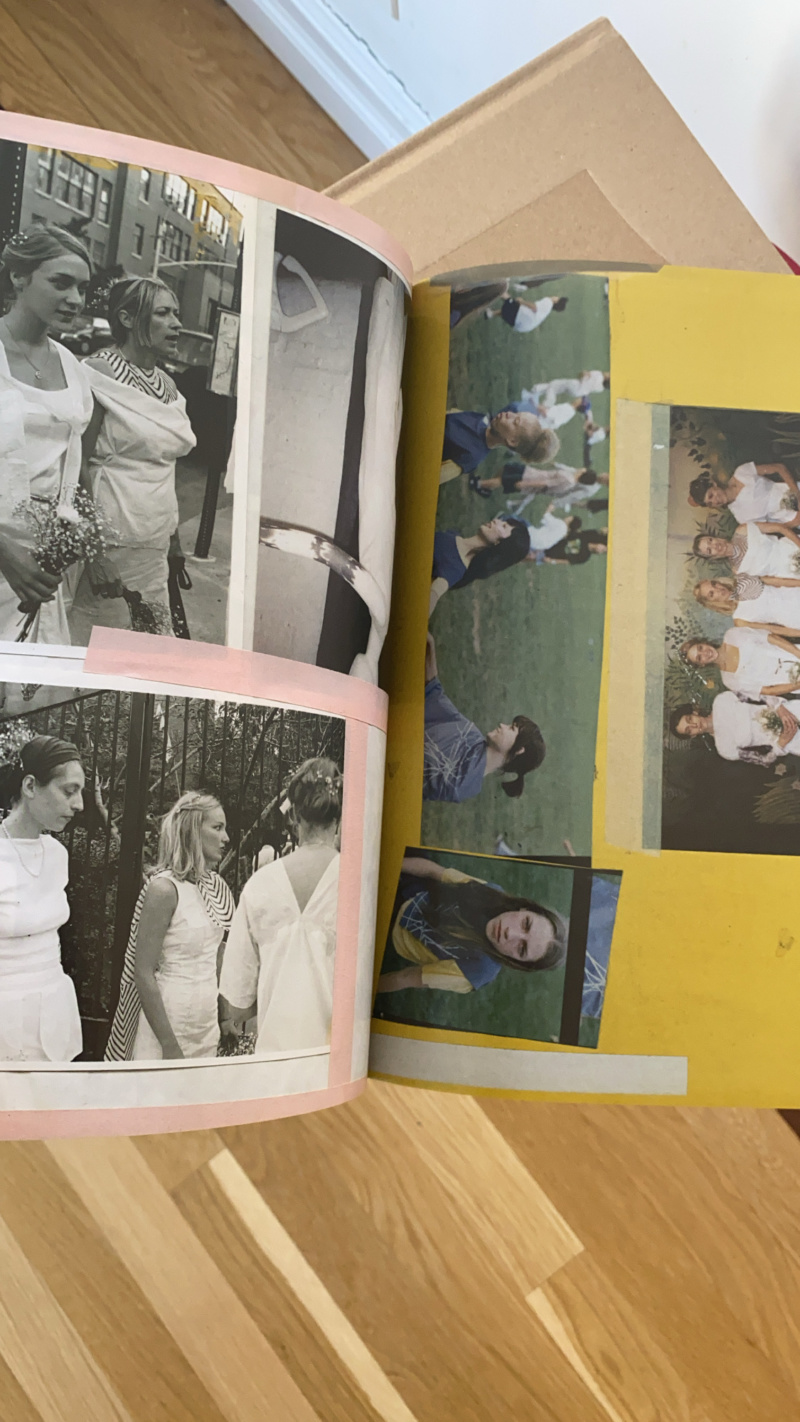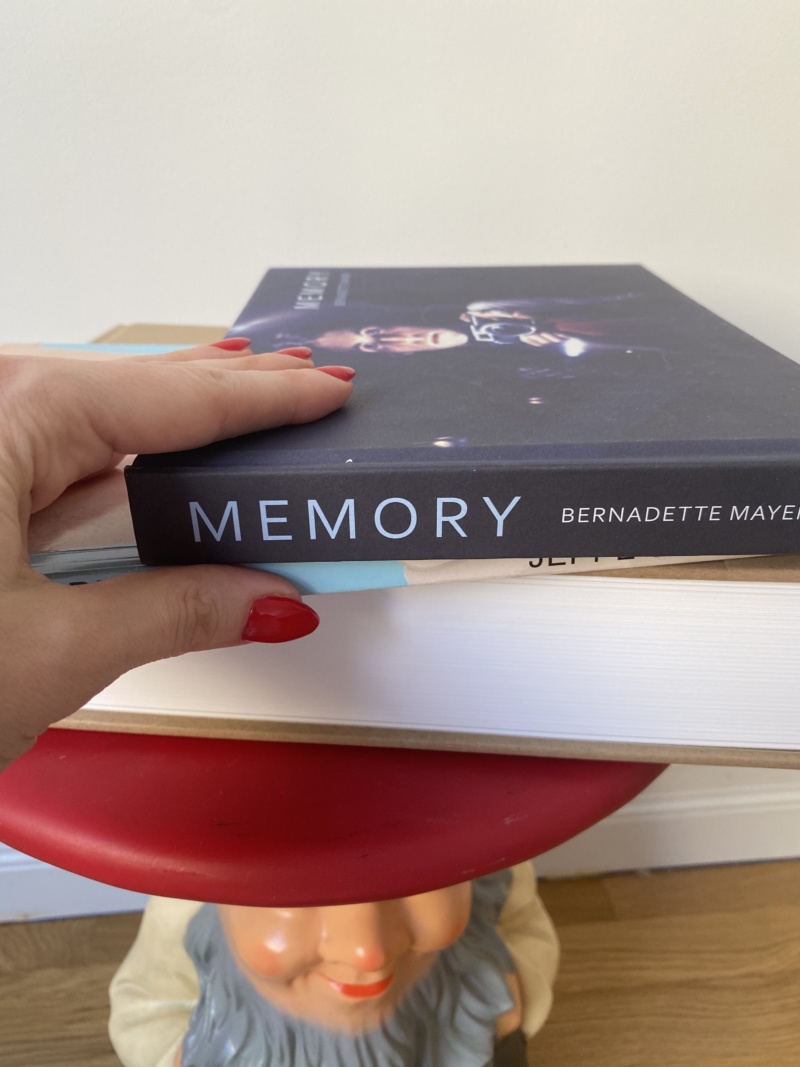
We first heard about Legacy Russell’s cyberfeminist manifesto in 2019 when we profiled the author in print. Glitch Feminism: A Manifesto has become a critical resource since its publication, especially when brainstorming for the future, helping assemble the language we need to imagine and build a better tomorrow. Glitch Feminism picks up on threads found in existing contemporary art and technologies and repurposes them to its own cause: deconstructing old ways of thinking and stitching together new inclusive worlds.

Fashion Work: 25 Years of Art in Fashion
An occasional contributor to Cultured’s pages, Jeppe Ugelvig published this year’s must-have fashion compendium, an in-depth history of art-adjacent labels and artists working in fashion: DIS, Bernadette Corporation, Susan Cianciolo’s Run and Bless. Furthering the conversation about labor, compensation and the boundaries between creative disciplines that these artists have participated in, the up-and-coming curator offers a portfolio of case studies which brands could use to rethink toxic distribution and production methodologies.

Committed to paper after two glorious but all-too-short runs in exhibition format, Bernadette Mayer’s seminal artwork Memory finally gets the wide distribution it deserves. A conceptual work executed in the summer of 1971, Memory is at its core a portfolio of a month on film, or as the poet put it: “an emotional science project.” One feels even closer to the action taking in Mayer’s work in book format where it reads like a family album. Domestic in its vision of the self, Memory strikes a special chord this year.
Edited by Jenna Wortham and Kimberly Drew, Black Futures is an encyclopedia like none other. An unprecedented survey of Black contemporary artists and pop culture leaders, Black Futures gives room to intimacy of individual entries while also paying attention to the larger narratives that connect these voices. Related entries are signaled by watermarks at the bottom left of each spread; If you follow the suggested reading pathways, the trajectory of the book, like Julio Cortázar’s Hopscotch, transforms from a straight line into a web.

Frank Gehry: Catalogue Raisonné of the Drawings Volume One, 1954–1978
The first installment of Frank Gehry’s whopping drawing catalogue raisonné made it just in time to for our upcoming winter 2021 COVID quarantine doldrums. Heavy to hold, this tome opens up a bridge between the untouchable starchitect status Gehry has rightfully garnered over his career and the essence of his creations, which have always been cheekily human. Inside the covers you find the hand of a dreamer for whom big things are ahead.










 in your life?
in your life?

